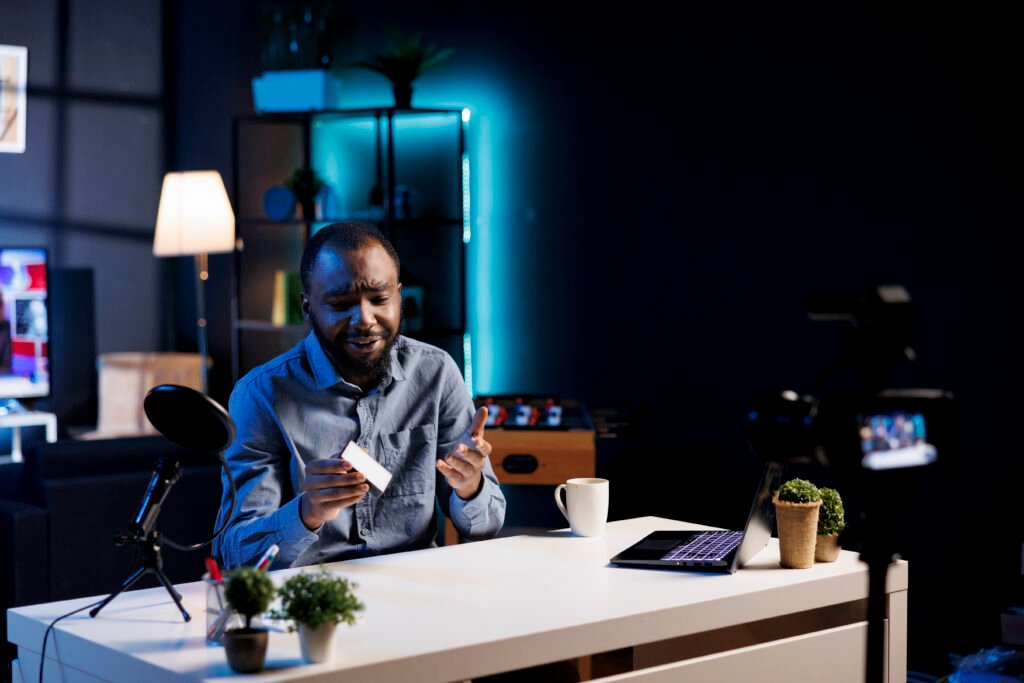
You’ve set up your marketing automation. The workflows look beautiful on paper. Your email sequences are mapped out like a military operation. So why are your conversion rates still flatlining?
Here’s the uncomfortable truth: most marketing automation fails because it’s built on assumptions, not intelligence.
Traditional automation works like a vending machine put in A, get out B. But real customers don’t behave like vending machine transactions. They browse at 2 AM, abandon carts, come back three weeks later, and somehow expect you to remember they were interested in that blue widget.
This is where AI changes everything.
Instead of rigid “if this, then that” rules, AI-powered automation learns from actual behaviour. It notices that Sarah from Melbourne always opens emails on Tuesday mornings but never clicks weekend promotions. It recognises that your B2B prospects need seven touchpoints before they’re ready to book a demo, not the three you assumed.
The magic happens in the nuance. AI doesn’t just segment by demographics – it segments by intent, timing, and micro-behaviours that humans miss. It optimises send times for each individual, not just time zones. It adjusts messaging based on engagement patterns, not just purchase history.
But here’s what most people get wrong: AI isn’t about replacing human creativity. It’s about amplifying it. The best AI-powered campaigns still need human insight to set the strategy and creative direction. AI just handles the heavy lifting of personalisation at scale.
The result? Automation that feels less like a robot and more like a really attentive salesperson who remembers everything about every customer.
Your customers get relevant messages at the right time. You get better results without working harder. And your marketing finally starts feeling less like guesswork and more like a precision instrument.
This site uses cookies to offer you a
better browsing experience.